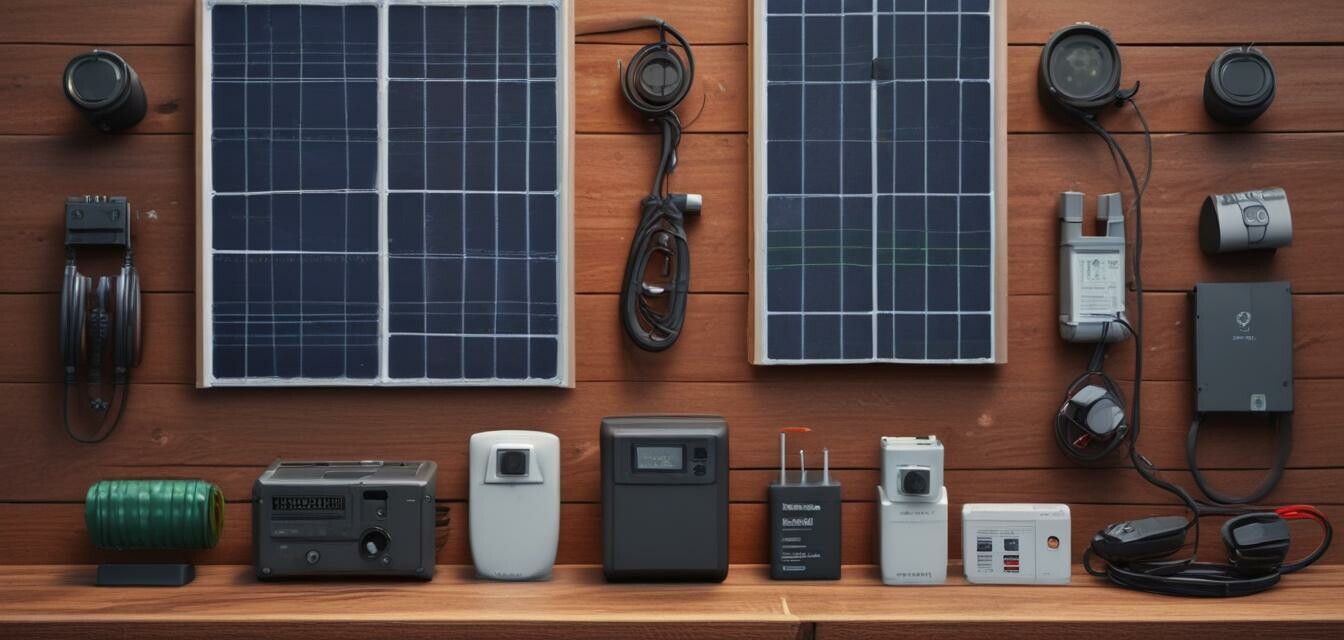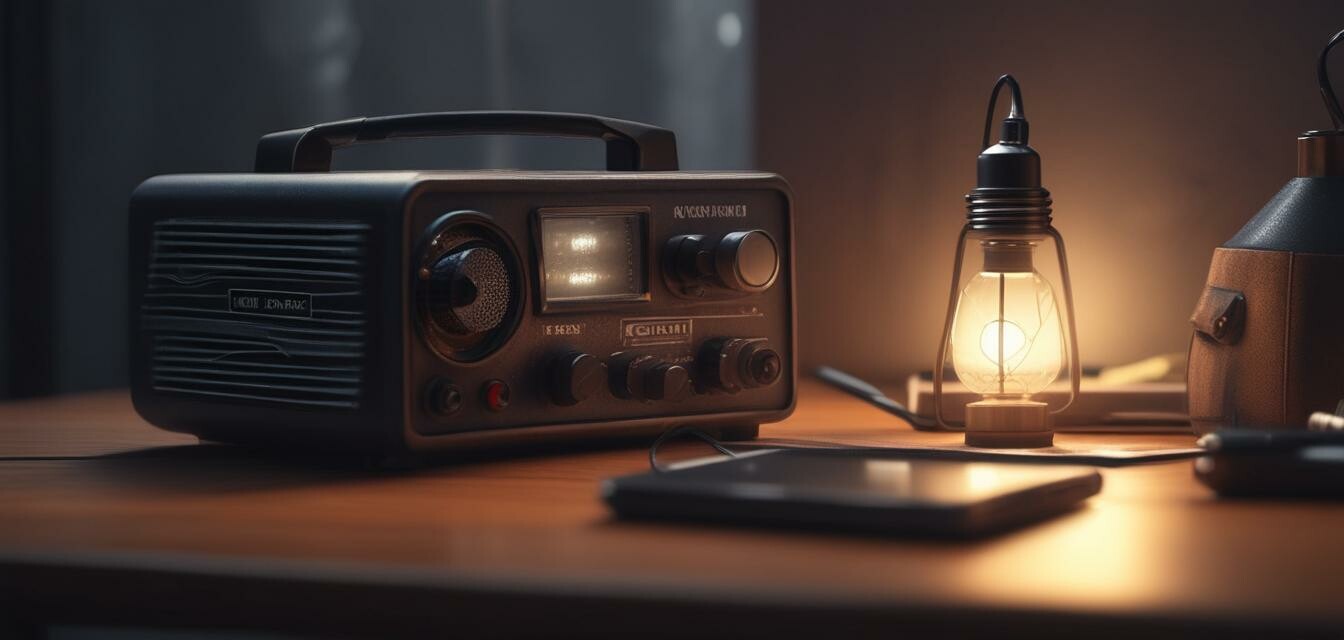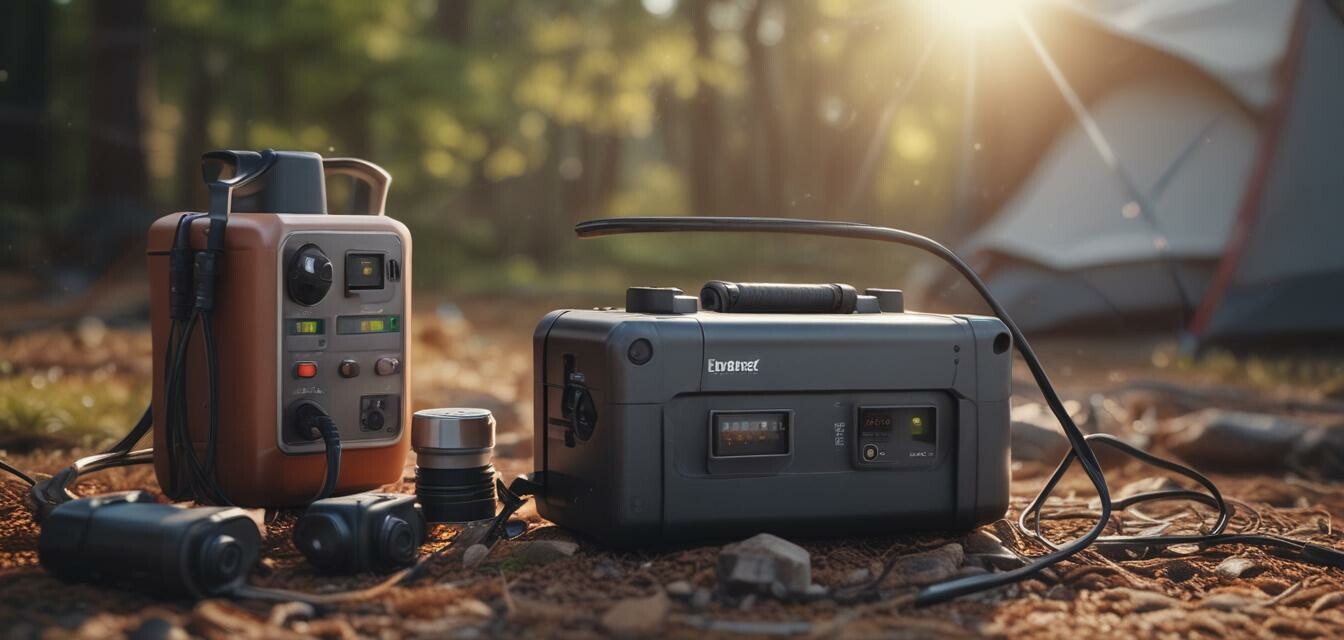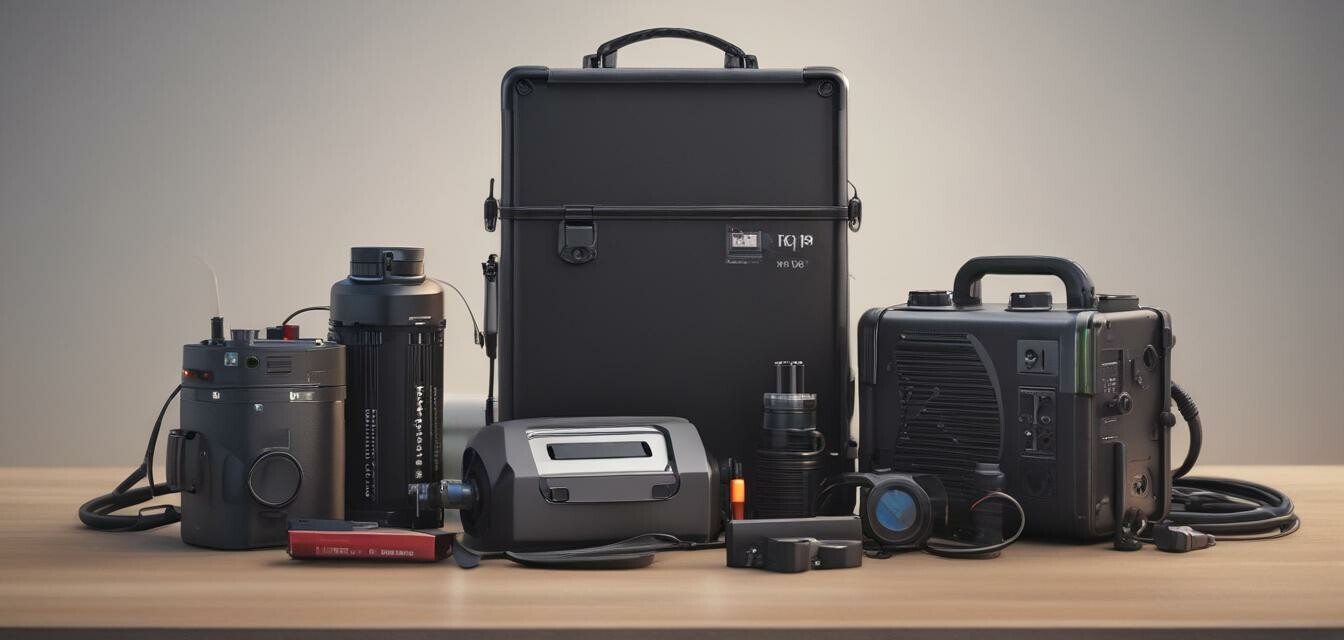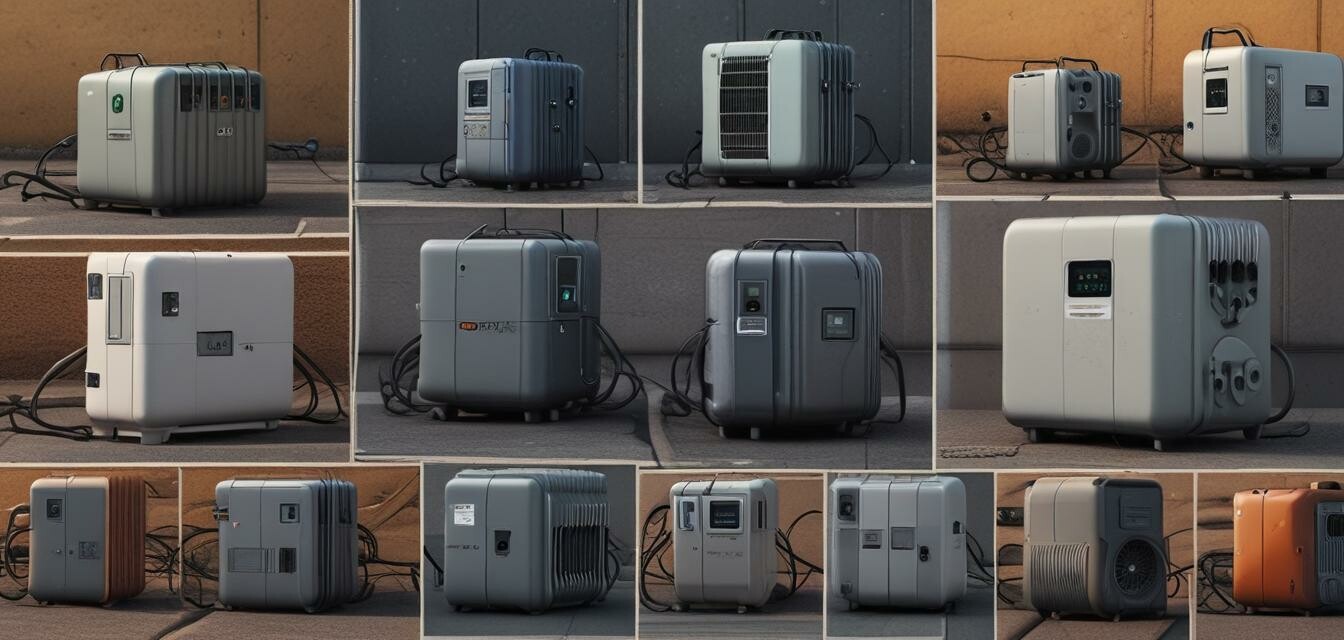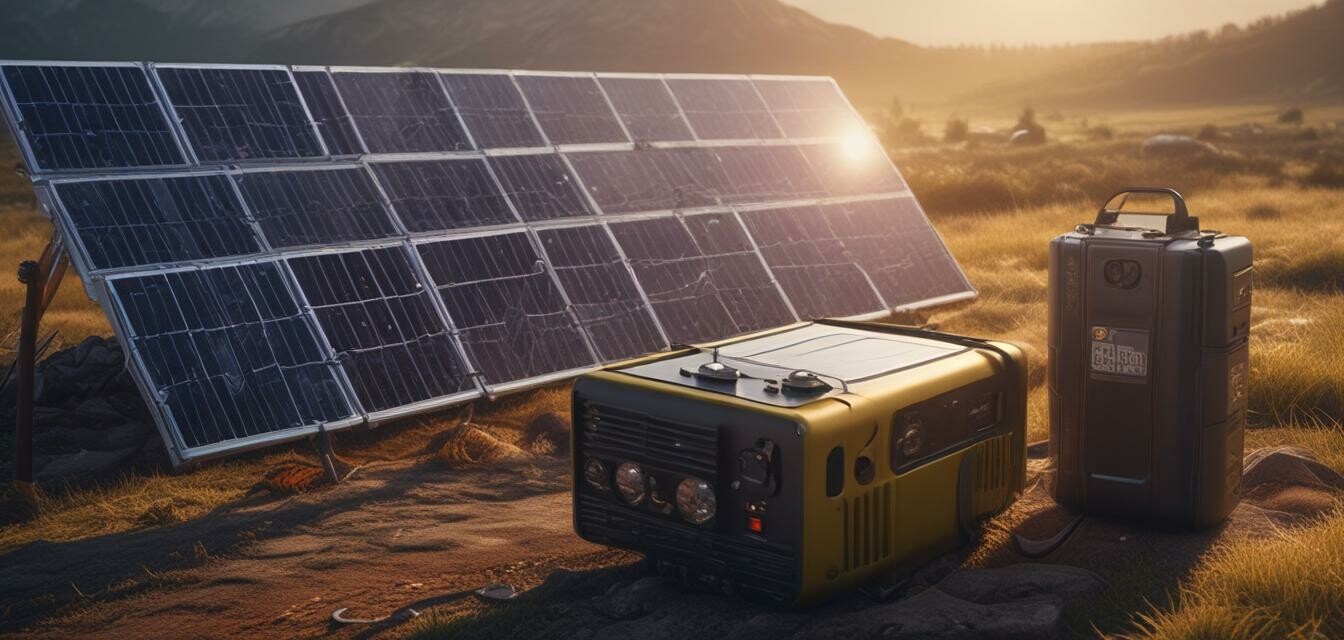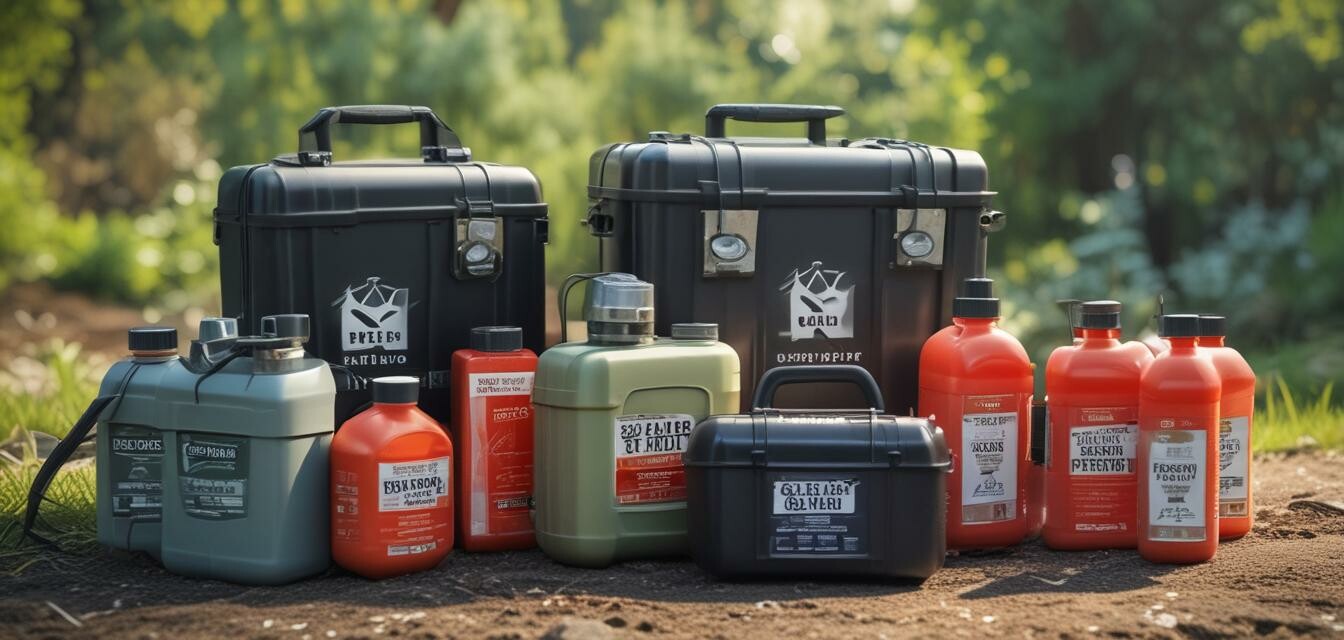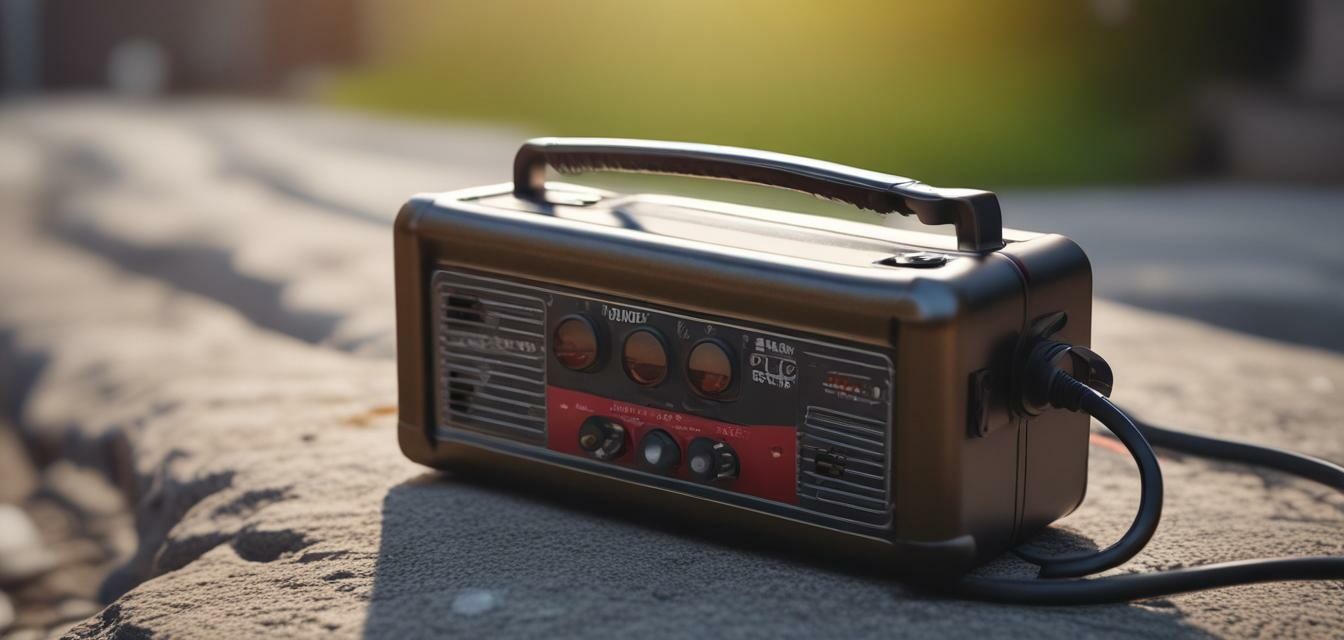
DIY Energy Backup Kit Building
Are you tired of being left in the dark during power outages or natural disasters? Building your own DIY energy backup kit can be a cost-effective and efficient way to ensure you have a reliable source of power when you need it most. In this article, we will guide you through the process of building your own emergency energy kit using portable power stations.
Key Takeaways
- Understand your power needs and choose the right portable power station for your DIY kit.
- Select the right battery backup system and emergency lighting solutions for your kit.
- Choose the right power cables and accessories to connect your devices.
- Consider adding a solar charging kit to recharge your batteries on the go.
Step 1: Determine Your Power Needs
Before you start building your DIY energy backup kit, you need to determine how much power you need to keep your essential devices running during an outage. Consider the following factors:
| Device | Power Consumption (Watts) |
|---|---|
| Laptop | 65-90 |
| Smartphone | 5-10 |
| LED Light | 5-10 |
| Refrigerator (small) | 100-150 |
Once you have an idea of your power needs, you can choose the right portable power station for your DIY kit. Check out our Portable Power Stations page for more information.

Step 2: Choose the Right Battery Backup System
A battery backup system is an essential component of your DIY energy backup kit. It provides a reliable source of power during an outage and can be recharged using a solar charging kit or a wall outlet. Consider the following factors when choosing a battery backup system:
- Capacity: How much power do you need to store?
- Type: Lead-acid, lithium-ion, or deep cycle batteries?
- Compatibility: Is the battery compatible with your portable power station?
Check out our Battery Backup Systems page for more information.
Step 3: Select Emergency Lighting Solutions
Emergency lighting solutions are crucial during power outages, especially at night. Consider the following options:
- LED flashlights
- Rechargeable lanterns
- Solar-powered lights
Check out our Emergency Lighting Solutions page for more information.
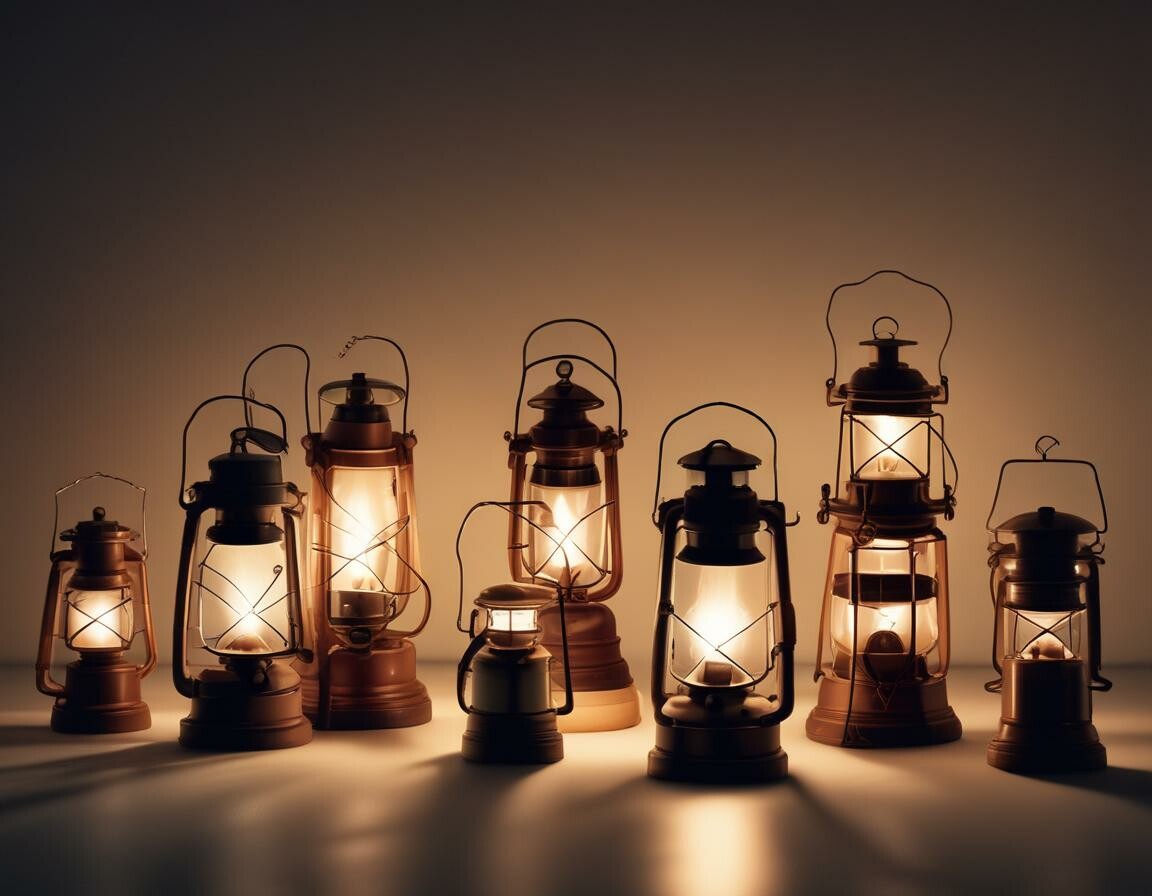
Step 4: Choose the Right Power Cables and Accessories
Power cables and accessories are essential for connecting your devices to your portable power station. Consider the following:
- DC-DC cables
- USB cables
- Power strips
Check out our Power Cables and Accessories page for more information.
Step 5: Consider Adding a Solar Charging Kit
A solar charging kit can be a great addition to your DIY energy backup kit, allowing you to recharge your batteries on the go. Consider the following:
- Solar panel capacity
- Compatibility with your battery backup system
- Portability and durability
Check out our Solar Charging Kits page for more information.
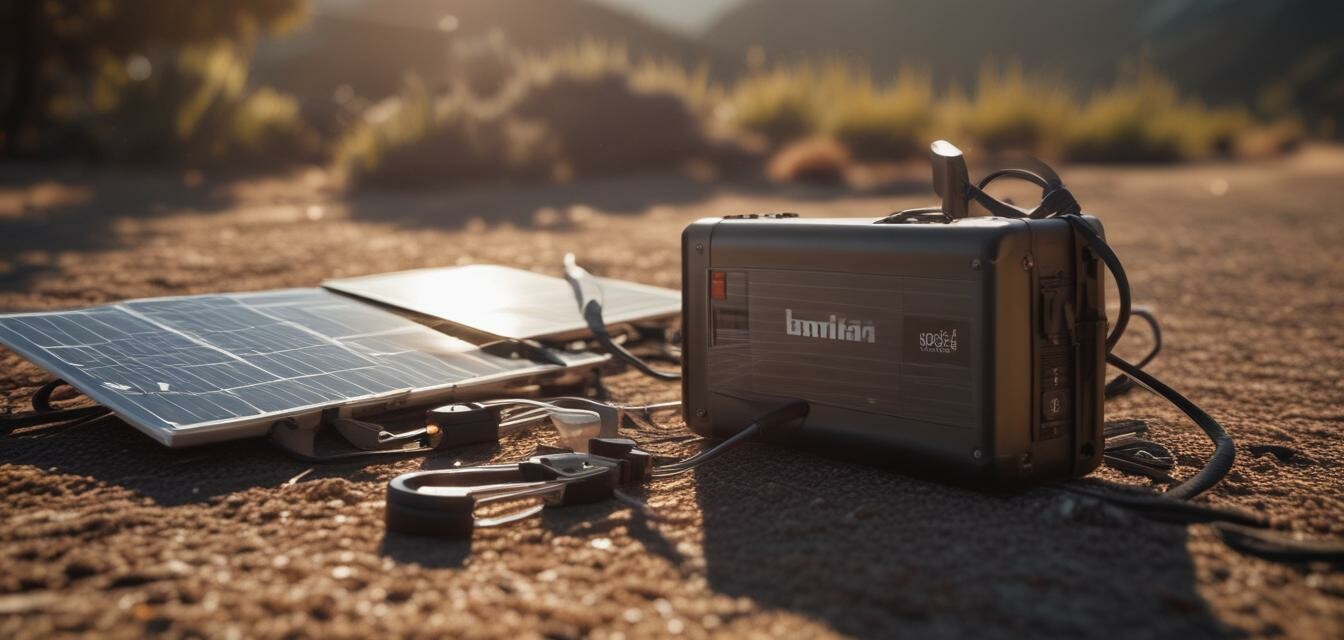
Pros
- Cost-effective way to ensure power during outages
- Customizable to meet your specific power needs
- Environmentally friendly option
Cons
- Requires technical knowledge and expertise
- May require additional maintenance and upkeep
- Initial investment can be high

